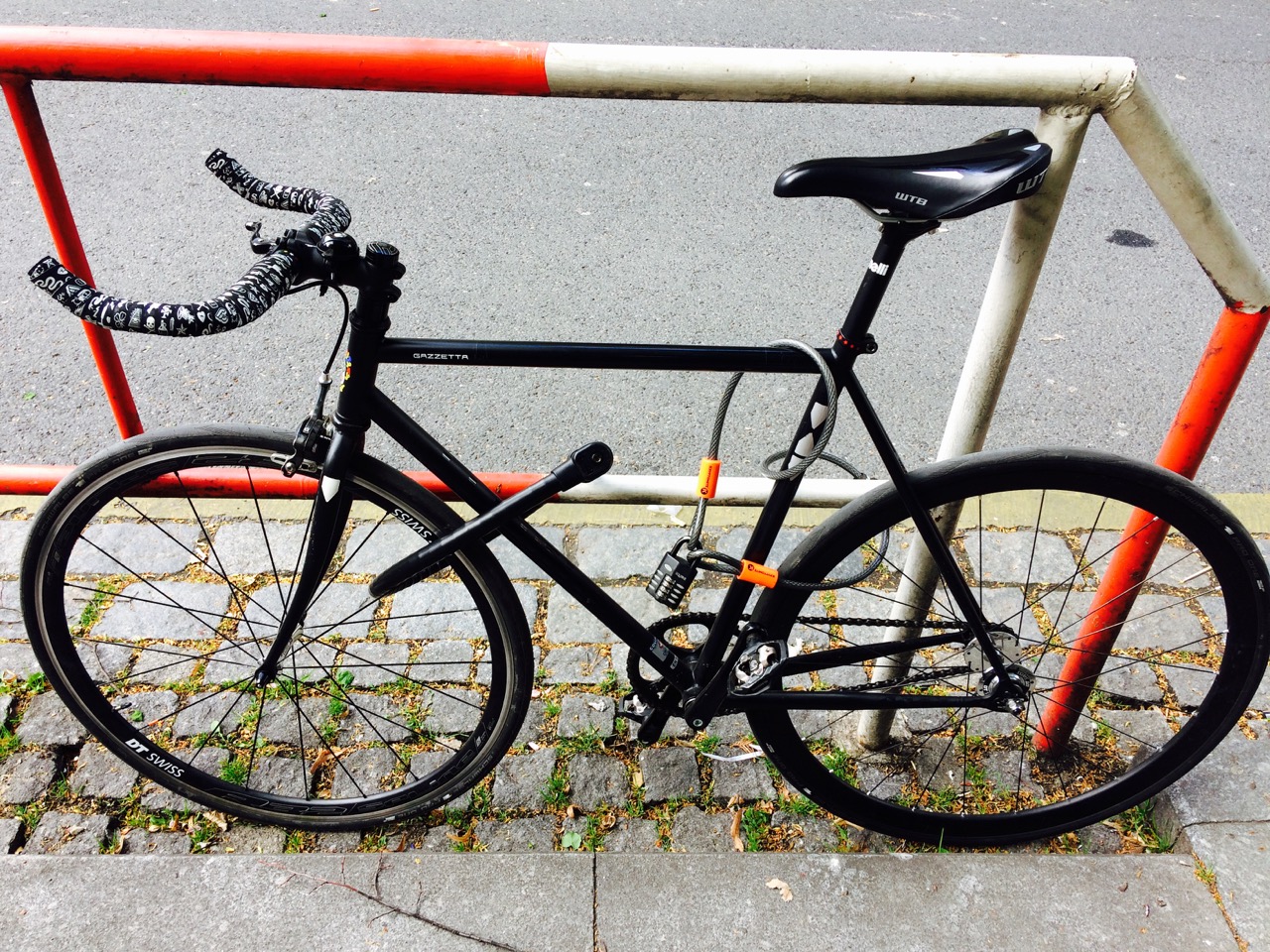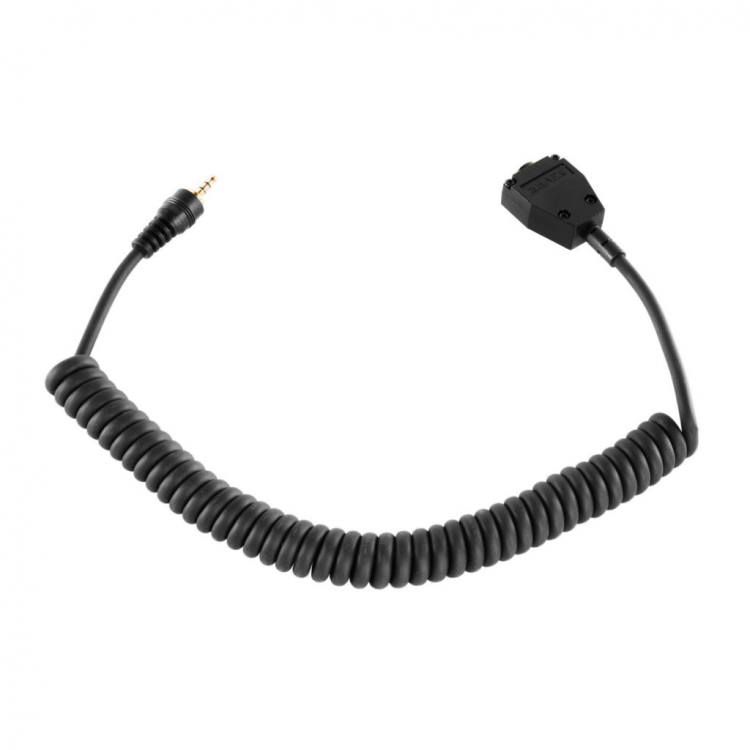-
Posts
41 -
Joined
-
Last visited
About KitaCam

Profile Information
-
Gender
Male
-
Location
Zlin!
-
Interests
Family, the great outdoors, low energy architecture..
-
My cameras and kit
Fuji X-H1, Canon C200, Mavic Pro 2
Recent Profile Visitors
The recent visitors block is disabled and is not being shown to other users.
KitaCam's Achievements

Member (2/5)
19
Reputation
-
Ok, thanks. A search of the web seems to bring (above my head) conflicting H264/H265 decoding statements on the free version so I won’t paste here. Also Resolve evolves rapidly it seems so it’s hard to keep track. I suspect your pretty old processor and associated kit (motherboard, memory, storage?) may not be helping? I’ve a i7-9700K arriving tomorrow along with Quadro 4000 RTX, which at the time seemed a good idea for 10bit output prior to Nvidia gifting (nicely) 10bit to cheaper and argueably more powerful games orientated RTX and other cards. My view, though clearly not backed up, is you could probably do with a more modern PC setup and then Resolve Studio may or may not be deemed necessary. I wonder if you purchase Studio your PC may still struggle in someway. If not, looks like I will need to find some more $’s myself...? Be cautious with Ryzen (if you might be considering latest gen also) this may be bluff by custom computer builders with a lot of Intel cores to shift, but apparently Ryzen, whilst released, may not be ready for prime time, especially if you just need your PC to just do its job. Could be hearsay so again probably useless advice. My decision was the reasonably affordable, high frequency and well reviewed i7-9700K for that reason.
-
So which is it then? Yay or nay for full power single GPU (RTX or other) support in the free version (Lite lets call it).. DaVinci Resolve heavily leverages the video card(s) in your system to improve playback and rendering performance. Because of this, your choice of GPU has a direct impact on how well your system performs. One key thing to note is that while the Free Edition of Resolve can utilize powerful cards like the RTX 2080, it is limited to just a single GPU. The Studio Edition, however, can technically utilize up to eight GPUs - although in our testing the performance typically peaks at around 3-4 GPUs. https://www.pugetsystems.com/recommended/Recommended-Systems-for-DaVinci-Resolve-187/Hardware-Recommendations
-
 webrunner5 reacted to a post in a topic:
Canon C300MkII vs C200
webrunner5 reacted to a post in a topic:
Canon C300MkII vs C200
-
Thanks for the reply. Unfortunately i've tried a standard 3.5mm audio (headphones) cable extension with no joy. There must be something more to this particular cable style to enable information transfer......
-
On a C200 related note, does anyone know if there is a cheaper alternative to the (seems expensive?) Shape handgrip cable extension? Currently I'm keen to mount the handgrip to the right-side of the Ronin-S, but of course the cable won't quite reach. 20cm to 30cm would work nicely... Thanks all https://www.shapewlb.com/canon-c200-relocator-extension-cable/
-
Ok cool, thanks for that. But just so I'm seeing things clearly in order to try and get my head around some clear stats. Can't Clog3 achieve up to (a stated) 14 stops of dynamic range? So therefore CRM (RAW files) can achieve 15 stops? Isn't 14 stops sufficient for HDR content (HDR > 13stops?)? So both properly exposed CLog3 and RAW can be used for HDR content creation if acquired in equal to or greater than 10bit (i.e. not currently possible with C200 but yes with EOS R). Please do correct me if I have this totally wrong. For all those wanting RAW on the EOS R, I totally get it, we all want more, but using DBounce as an example (hope you don't mind), you have a RAW capable C200 in your quiver but choose (totally understandable for a variety of reasons) to mostly shoot 8bit Clog3. You also have the EOS R shooing pretty much in 10Bit 4:2:2 external mode for 24FPS acquisition. RAW seems to come in third place am I right? Now if the C200 gets it's hinted Clog3 4K 60fps 10Bit 4:2:2 upgrade (manageable file sizes) then great as the C200 can therefore enable HDR content creation without having to acquire in RAW? Sorry, not sure I get this. Pure RAW is the holy grail for quality I take it. CRM is Canon RAW lite but still massive in my experience so RAW would be on another scale. However, BRAW offers various levels of compression (Great - Canon should follow suit if possible?) and ProRes Raw results in just smaller more manageable RAW files in general (great again, Canon could take a leaf here and offer ProRes Raw - fat chance you might say).
-
Thanks for that. Just thinking though, can that broader amount of DR actually be viewed on screens that most people have either now or in the realistic near future? Is one additional stop revolutionary in some way and is it worth dealing with the RAW workflow and file storage implications? Isn't Canon Log pretty soft anyhow? Not being combative, just querying the real world benefit of RAW vs. Clog2/Clog3. Cheers. Haha, I'm one of the 'lucky ones' with the option to record CRM, though perhaps I just don't know how to correctly handle it and don't realise the real real-world benefits! What I can say is that I can imagine myself just swimming in external hard drives at this rate unless I just settle for the SD card friendly C200's 8-bit. Perhaps directly recorded CLog2/Clog3 4:2:2 10bit is not much better in terms of file sizes (vs. RAW), if that's the case then why not have RAW as it can be converted to whatever you like - albeit a bit clunky at present and still with epic file sizes I find....
-
Could it be that the desire for RAW recording ability on the EOS R may be a case of careful what you wish for? Huge files, need for external recorder and additional storage mediums, NLE plug-in hiccups/crashes, higher noise (depending on processing) perhaps etc. Does the information recovery/changes (White balance/Colour Temperature, ISO, Brightness/Sharpness) benefits of RAW really far outweigh that of quality 10bit 4:2:2 CLog2 or CLog3 footage for most peoples uses? Is it a game changing revolutionary workflow? Genuine questions. Please let me know if I'm missing something epic here? In these days of decent EVF's/waveforms/other exposure tools and accurate (enough) in camera white balance, unless you've really hashed the shot then do people need extreme highlight and shadow recovery abilities and white balance correction beyond that provided by quality 10bit 4:2:2 Log? I guess we can say that if RAW recording ability is provided then great(?) it's something one can choose to use or not, so more options the merrier, but I'm keen to really understand the benefits for most uses. From my (very limited) experience, CRM on the C200 is a bit of a beast to deal with in terms of file sizes, FCPx is frequently crashing and the interface is perhaps not as clear as I have spotted in Resolve. I would to say at this point I feel like I might prefer the option for quality in-body 10Bit 4:2:2 at reasonably sized files. Unless I'm missing something? This would go for the EOS R and certainly the C200 (of course not the first to want this). Perhaps I'm being naive here and quality 10Bit 4:2:2 files are also comparably huge and unwieldy? Certainly they seem to be when converted from the Raw CRM files using the Canon Raw Development Tool (whether to ProRes 422 LT, normal or HQ)? Again perhaps I'm missing a trick....
-
From our very own! https://www.eoshd.com/2016/05/sigma-20mm-f1-4-art-review/
-
Thanks. No issue at all with Super 35mm, just wanted as wide and as fast (F1.4 (real?) vs. F1.8 (real?)) as reasonably affordably possible with perhaps the ability (hence my thinking twice about the 18-35 which is for DX/Super 35mm) to mount on a stabilised full frame mirrorless (potentially canon, panasonic or otherwise) further down the line.
-
I thank you! Yep, that's certainly a shame...Hmm. Can I ask, would I be making some fundamental ballsup by thinking that mounting a (full frame) Sigma 20mm F1.4 on the C200 would be a sane idea? Manual focus (most of the time though autofocus will probably work ok) and no stabilisation, but that F1.4 is enticing and there's plenty of excellent footage with the unstabilised Sigma F1.8 18-35 out there. Of course the C200 has internal ND's so that bypasses the bulbous front element filter issue. I really want wide, perhaps that is not wide enough...
-
New Lens Query Topic: EF Full Frame Lens on Canon Crop Sensor Bodies - Possible to Maintain full frame angle of view? Hi I'm thinking to use a full frame EF lens (Sigma possibly Canon) on a C200 (Super 35mm so not full frame Sensor). We know this will work well enough without any adapter but what is a wide-angle lens on full-frame now becomes 1.5x less wide (ish). Does anyone know is there is an adapter/spacer/speed-booster etc that allows a full frame EF lens to maintain (or close to) its full-frame field of view when used on super 35mm or ASP-C bodies etc. Could be wishful thinking! Many thanks!
-
 bobo3 reacted to a post in a topic:
I might get the C200
bobo3 reacted to a post in a topic:
I might get the C200
-
 webrunner5 reacted to a post in a topic:
I might get the C200
webrunner5 reacted to a post in a topic:
I might get the C200
-
 Mmmbeats reacted to a post in a topic:
I might get the C200
Mmmbeats reacted to a post in a topic:
I might get the C200
-
 ade towell reacted to a post in a topic:
I might get the C200
ade towell reacted to a post in a topic:
I might get the C200
-
Couple of practical (non image quality) thoughts on the C200: - I like the fact that it's built for the job rather than needing to have several extra's bolted on. Not as much customisation/fun (perhaps) in that sense, but just works. - Price represents a solid tool for the job etc. A lot of money (Though why pay list/offer price? Always negotiate as you may be surprised), but see it as an investment for 5 years say and the pain is a little less. Be warned this purchase won't stop you browsing camera body threads, but it helps a little with that affliction. You'll most likely end up endlessly browsing lens/lighting choices from now on (no bad thing), content in the knowledge the body is solid and fairly future proofed (for a decent enough amount of time anyhow)..... - Can be kept pretty compact/stealthy and stabilised with just a small (IS) prime attached - I have the Shape cage for additional protection and ability to bolt on more kit if really needed. Good snug fit. You'll want to protect that investment - Would be tempting to remove the viewfinder but permanently removed would be problematic. Such a shame this is not easily detachable/attachable by user. Size of unit quickly increases with top handle, microphone and 70-200 for example, far from stealthy.. - Viewfinder feels pretty substandard compared to recent mirrorless offerings. Totally fit for purpose, just quite noticeably smaller/less pleasant to use vs. say Fuji X-H1 - Screen good enough, touch very responsive in my view. Use is not so great in bright light and hence the viewfinder is present for a reason - Cable from camera to the screen is heavy/stiff/short and causes issues with Gimbal mounting/balancing - On that note, i'm far from convinced the Ronin-S is a good choice here. Balancing near impossible (especially with screen attached) without counterweights unless you really want to limit the choice of lens. Admittedly the Shape cage doesn't help here. Really you'd want counterweights (to mount to bottom of C200 or DJI mounting plate somehow?) and a very lightweight HDMI cable to feed another (non C200) monitor screen that is mounted to the handle somehow - if you want to see what you're doing that is.... - DP Autofocus is very good, but it's not infallible. For example, Fuji is 'nearly' comparable in my book, X-T3 better than X-H1 it seems, but still Canon is not lightyears ahead or perfect (in my opinion) as is frequently stated. Of course there's manual focus for which the aids are good.. - Moving the focus point with the joystick is painfully slow. Why not a two speed setting here I wonder? There is the touch screen of course which is responsive - Internal ND's. Well, brilliant really, but you'll still be tweaking ISO/Aperture as expected as they are stepped. Not easy to change ISO and Aperture without side handle attached. Perhaps i'm missing something here. Aperture/ISO vertical side wheel on the left is an odd one, it works, just not very tactile/easy to locate.. - No AutoISO exposure as far as I can find? I know it's perhaps regarded as a amateurs tool by some, but would be very useful still at times. I can hope this will be added in the future via Firmware revisions - Battery life concerns, well forget about them really compared to many mirrorless, especially with the larger BP-A60 (expensive but again sized for a job). Larger battery may also be beneficial in terms of weight placement on a gimbal - depending on lens etc. - Not having a stabilised sensor (of course good and bad here) means that stabilised lenses are well advised for many. The 85mm 1.4 IS is frankly amazing in my view. 35mm F2 IS also great. Want to go wide and stabilised with autofocus, hmmmm, F4 wide/shallow enough for you? Room for a new lens in the Canon line-up here.... - Will not be compatible with present/future RF lenses so 'forced' to invest in lens tech that may be superseded, but is of course still brilliant in many instances and will always work with an adapter on future models - In terms of general usability, accessing menus/options/button placements, I just don't love it, perhaps that is a 'yet' statement. Difficult to quantify, just a personal feeling.. Hope it helps some...
-
Similar experience here in that some 'lesser' (slower write) cards than those officially recommended do work at the selected in camera 200mbit/s record rate, but in my case, only for a limited time which is often brought to an abrupt unplanned stop. On an unrelated note, is it possible for rolling shutter to be reduced via firmware update do people think? Fairly poor performance in general is my finding, though I'd be interested to hear how others with authority discuss/rank the X-H1's performance.
-
Perhaps a suitable low profile cage with handle/grip on the side could help with handheld stabilisation? Helps me at least. Bulks it up a little I suppose which may not be your cup of tea....
-
Zoom does not tighten on my copy as far as I can tell. Autofocus if not silent is very very quiet....



